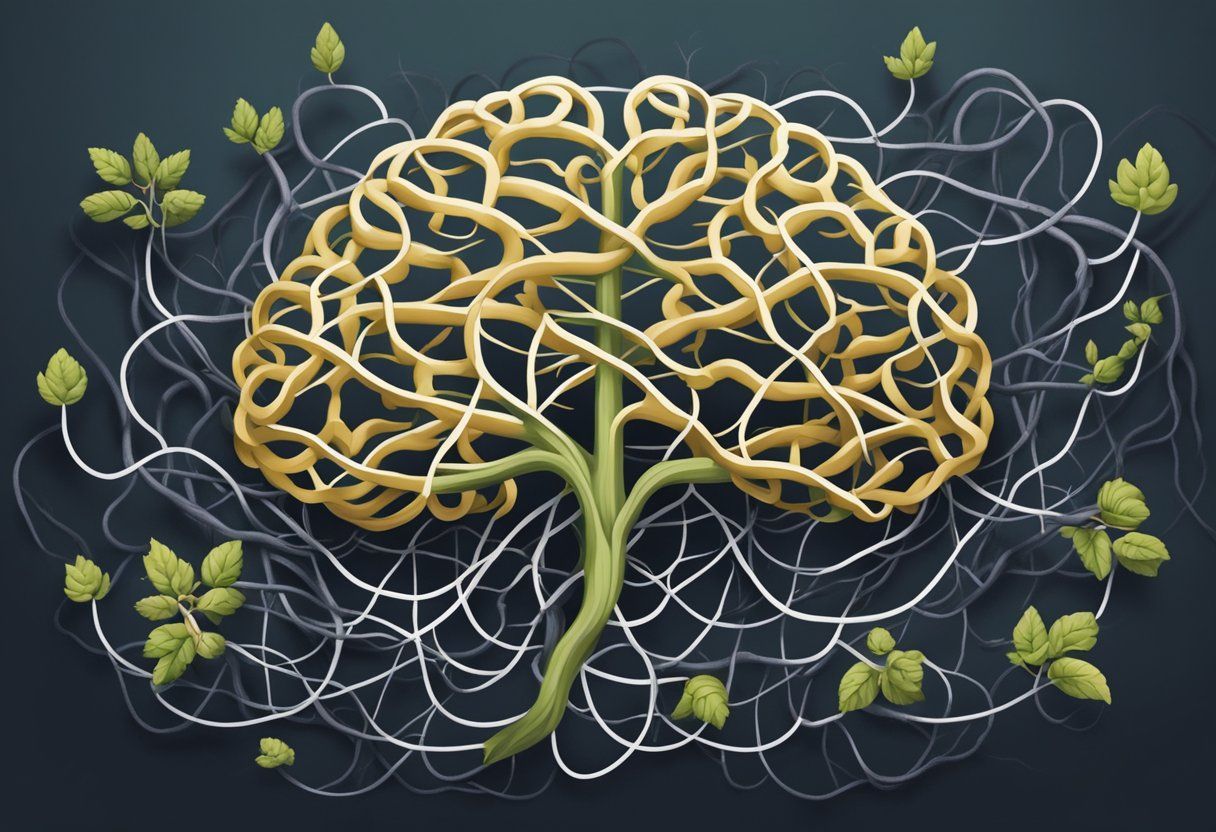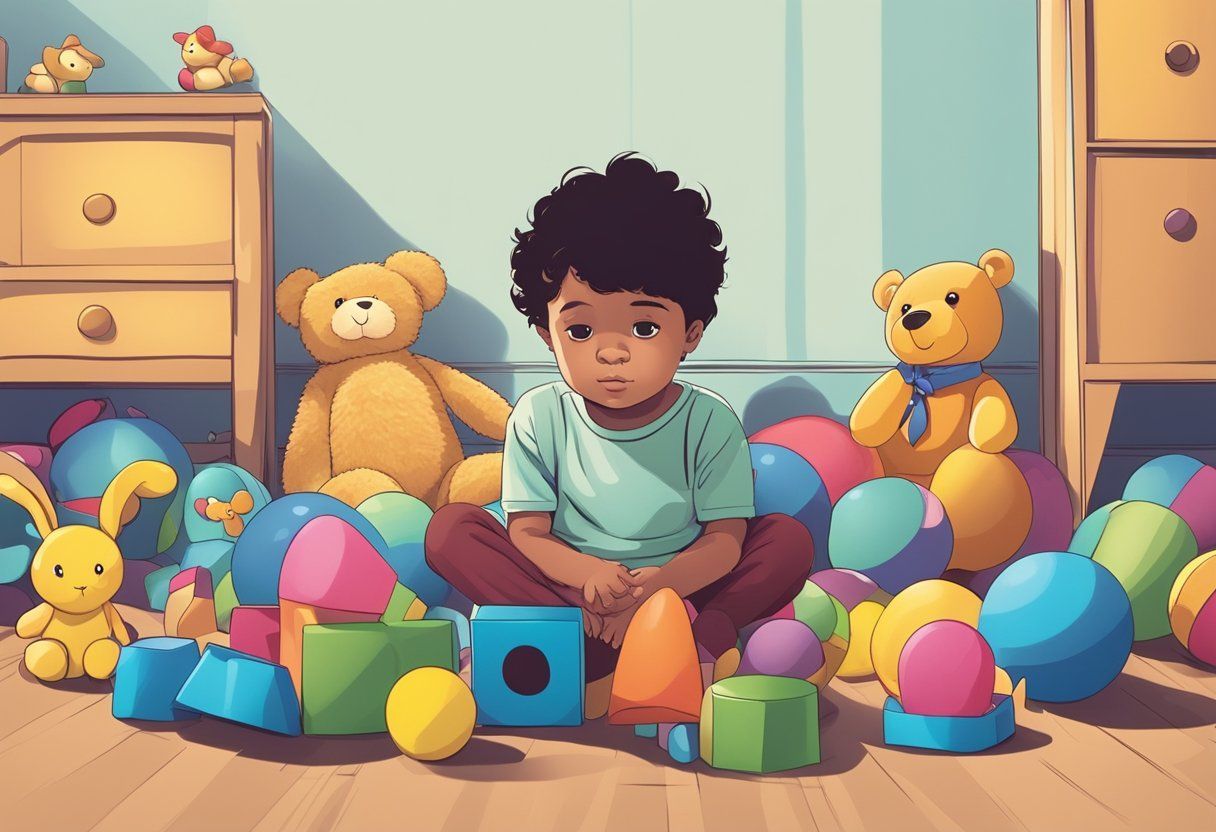BLOG
Categories
Comprender los desafíos comunes de los niños adoptados
Para empezar, soy un niño adoptado. Fui adoptado en los años 40 en una adopción cerrada, pero creo que aunque la adopción ha cambiado desde los años 40 para tener muchas más adopciones abiertas, familiares y extranjeras, hay cuestiones que son comunes a todos los niños adoptados. Estos problemas incluyen problemas de abandono, problemas de desarrollo de identidad, especialmente en la adolescencia, y sentimientos de no pertenencia. Algunos niños se sienten fuertemente acerca de algunas de estas cosas y no de otras.
Primero, quiero decir que la adopción no es una condición psicológica, es una condición de vida. Es una condición permanente independientemente de los rasgos, fortalezas, talentos y cualidades especiales del niño que fue adoptado. Este estado especial surge de maneras esperadas e inesperadas, lo que puede causar estrés y angustia para el niño, persistiendo incluso en la edad adulta. Por ejemplo, a mis hijos se les pidió que dibujaran un árbol genealógico en la escuela: ¿uso a mi familia adoptiva o hago que mi hijo revele mi adopción y deje una sección del árbol en blanco?
A primera vista, la adopción parece un arreglo perfecto. Los padres tienen un hijo y el niño recibe un hogar amoroso. Pero este arreglo tiene algunos problemas:
- Los padres le dicen al niño adoptado que son “especiales”, que tienen suerte de haber encontrado una buena familia. Los niños adoptados a menudo se preguntan si son lo suficientemente buenos como para cumplir con las expectativas de su nueva familia.
- Los niños, para entender que fueron adoptados, tienen que lidiar con el hecho de que primero fueron abandonados. Una vez más, surge la pregunta de por qué no eran lo suficientemente buenos para mantenerlos. Así que existe el doble desafío para los niños que sienten que necesitan ser perfectos para tener una nueva familia, y que deben sentirse agradecidos por esta situación.
- Un niño elegido tiene algunos “fantasmas” que pueden convertirse en fantasías activas, o simplemente “qué pasaría si” de bajo nivel: el fantasma de quiénes habrían sido si no hubieran sido adoptados, el fantasma de la madre biológica y el padre biológico, y el fantasma del hijo de la familia adoptiva que podría haber sido. Cuando estaba pensando en esto, me di cuenta de que he dicho en muchas ocasiones que mi prima hermana (la hija del hermano de mi madre), que es hermosa y se parece a mi madre adoptiva, “se parece a lo que se suponía que debía ser”. Este es un eco fantasma para mí.
Así que esto no quiere decir que la adopción sea demasiado para manejar, es solo una experiencia que requiere mucha atención y comprensión. Los tres temas principales que podemos abordar son el abandono, el desarrollo de la identidad y los sentimientos de no pertenencia.
- Abandono: este es el más grande. ¿Cómo podría alguien dejarte antes de que fueras lo suficientemente grande como para saber algo? Esta pérdida a veces se llama una pérdida “primaria”. Tiene que ser reconocido para ser sanado. En reacción a esta realidad, los niños adoptados a menudo pasan por fases de desapego, pegajosos, demasiado preocupados por las personas que se van y no regresan, miedo o curiosidad por la enfermedad y la muerte, y dificultad con las transiciones de todo tipo. Estoy seguro de que todos ustedes tienen ejemplos de cómo esto ha ocurrido en sus familias.
- Problemas de identidad: aquí es donde entramos en los roles del buen adoptado y el mal adoptado. Uno de los principales trabajos de desarrollo del crecimiento es desarrollar una identidad independiente y cohesiva. Algunos niños adoptados parecen estar tratando de conectarse con los “fantasmas” de los que hablamos, ya sea actuando a imagen del hijo natural de los padres adoptivos (generalmente el buen adoptado) o viviendo la vida de acuerdo con la fantasía de su familia biológica (el mal adoptado). Estas fantasías familiares biológicas pueden llevar a los niños a probar identidades que involucran comportamiento criminal, uso excesivo de alcohol y drogas, o comportamiento sexual. Este tipo de comportamiento también sirve para probar el compromiso de los padres, para ver si te despiden y te abandonan nuevamente. Recuerdo a un adolescente que estaba viendo que lanzó un ataque serio, gritando ‘no puedes deshacerte de mí’ cuando sus padres querían enviarlo a una escuela preparatoria.
- La tercera cuestión común a muchos niños adoptados tiene que ver con el sentimiento de pertenencia. Tan pronto como un niño comienza a lidiar con el hecho de que él o ella es adoptado, él / ella comienza a buscar similitudes y diferencias con sus padres adoptivos. Hace poco tuve un adolescente adoptado en mi oficina que quería medir qué tan alto era parándose junto a su madre adoptiva. Los niños buscan en sus padres, tías y tíos, información sobre cómo resultarán, qué características llevan codificadas en sus genes. Para los niños adoptados hay un reflejo genético confuso, ya sea física o psicológicamente. Por lo tanto, también puede ser un desafío para un niño atlético y artístico ser adoptado por una familia intelectual llena de abogados y científicos. Cuando los niños se dan cuenta de lo diferentes que son, a menudo hay un período de búsqueda de personas como usted, su tribu. Como dijo recientemente un amigo mío: Todo se trata de los sentimientos.
¿Qué podemos hacer para ayudar a los niños adoptados a lidiar con los problemas de sentimientos que hemos identificado: abandono, formación de identidad y sentimiento de que no perteneces? El objetivo general aquí es mantenerse conectado con el niño o la persona con la que está tratando: proyecte la sensación de que nunca se dará por vencido con ellos.
Esta es la instrucción clásica de separar el comportamiento del ser básico de la persona. “Estoy enojado porque me mentiste, pero eso no significa que no te ame”. Aquí hay algunas técnicas específicas a considerar:
- La primera técnica para mantener la conexión es la escucha activa, que en realidad es escuchar los sentimientos, no el contenido. En la escucha activa dices cosas como: Parece que estás asustado, nervioso, preocupado, triste, molesto, etc.
- La técnica dos es señalar los aspectos positivos: sé que eres bueno para resolver las cosas, o ser un buen amigo, o obtener lo que necesitas, para que puedas hacer esto.
- La tercera técnica es hacer una pregunta: ¿Quieres saber lo que pienso? ¿O qué haría en esta situación?
- La cuarta técnica es la confianza total, sé que lo resolverás. Esto funciona mejor con niños mayores que tienen algo de experiencia en la toma de buenas decisiones.
- La última técnica es articular lo que estás haciendo: te amo y creo que tendrás un éxito increíble en el futuro, y quiero ayudarte a tomar buenas decisiones hoy. ¿Hay algo que pueda hacer para ayudar? En otras palabras, estoy ahí para ti.
Abordar los desafíos únicos de los niños adoptados puede ser difícil. Al seguir estas estrategias, podrá abordar estas preocupaciones de manera más efectiva y ayudar al niño adoptado a saber que es escuchado, amado y querido.
FUENTE: https://www.boulderpsychologicalservices.com/understanding-common-challenges-adopted-children/
RECENT POSTS



Bringing and keeping families together!





